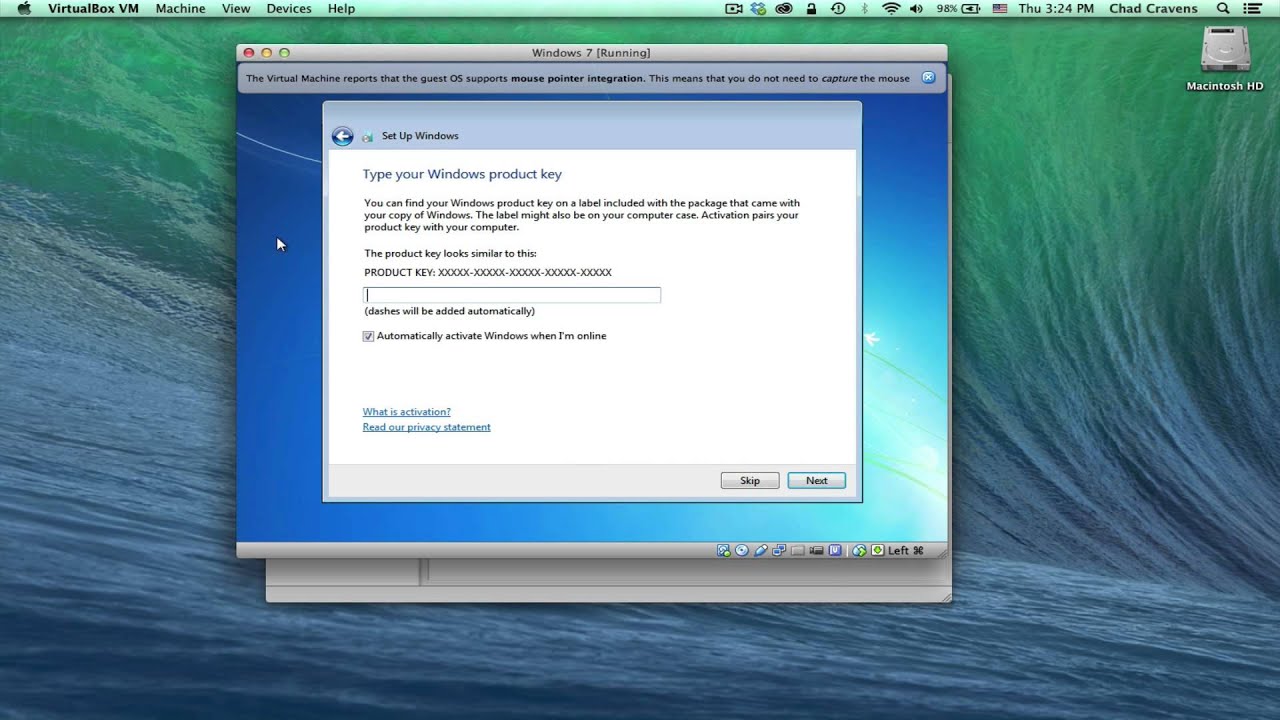
Ubuntu and Linux Mint need at least 1GB RAM to work properly and without significant slowdown. Usually, a 4GB system is enough for running a single virtual machine, especially if our primary OS is Linux. We don't necessarily need 16GB RAM to set-up a Windows virtual machine on our computer. You can also google your motherboard's model about virtualization. If you have trouble locating the option on your BIOS, check your motherboard's manual. On some motherboards, it could even be buried under three or four sub-menus, such as Chipset -> North Bridge -> Tylersburg IOH Configuration -> Intel (R) VT for Directed I/O Configuration. Probably the last place someone would look.

We could find it in sections such as CPU Feature. Once inside the BIOS / UEFI, we need to search for the feature. Just look for the "Press XX to enter setup" bit on the POST screen or the motherboard manufacturer's logo screen. On your system, you might find it with different wording. To enter the BIOS, we usually have to press Delete or one of the F2-F12 keys when the system starts. We need to enter the BIOS/UEFI of our motherboard to enable it. However, for Intel processors and motherboards, VT-x is disabled on most systems. On modern AMD motherboards, we will find the AMD-V virtualization enabled by default. Even with a virtualization-capable CPU, if the function is not enabled, it won't do much good.
Installing windows virtual machine on mac using virtual box how to#

Does my CPU support IOMMU (VT-x / AMD-V)?.


 0 kommentar(er)
0 kommentar(er)
